Choosing the Correct Settings for Your Sewing Machine
Using the proper settings on your sewing machine is crucial to achieving the desired outcome for your sewing
projects. Each sewing machine has different features and functions, but here are some general guidelines to
help you get started:
Tension:
One of the most important settings to consider is the tension. This regulates how tight or
loose your stitches will be. It usually ranges from 0 to 9, with 4 or 5 being the average. Adjusting the
tension may be necessary depending on the fabric thickness, thread type, and the desired stitch appearance.
Higher tension creates tighter stitches, while lower tension results in looser stitches.
Stitch Length:
The stitch length determines the distance between each stitch. For general sewing, a stitch
length of 2.5 to 3 is commonly used. Shorter stitches are ideal for intricate details, while longer stitches
are better for basting or gathering fabric. Remember to adjust the stitch length according to the project’s
requirements.
Stitch Width:
If your sewing machine offers adjustable stitch width, it can be handy for various techniques. The
stitch width controls the side-to-side movement of the needle. It is particularly useful
for zigzag stitches or decorative stitches. Experiment with different widths to achieve the desired
decorative effects.
Presser Foot:
The presser foot is the part that holds the fabric in place while stitching. Different
projects may require different presser feet. For regular sewing, a universal presser foot is often used.
However, if you are working with heavier or delicate fabrics, consider using a specialized foot like a
walking foot, zipper foot, or buttonhole foot. Consult your sewing machine’s manual to identify the
appropriate presser foot for your specific project.
Needle Type and Size:
Choosing the right needle type and size for your sewing project is crucial. Universal
needles in various sizes are commonly used for most projects. However, specialized needles like ballpoint
needles (for knits) or denim needles (for thicker fabrics) might be necessary. The needle size generally
depends on the fabric weight, with smaller sizes for delicate fabrics and larger sizes for heavier fabrics.
Change the needle regularly, as dull needles can lead to poor stitch quality or even damage to your fabric or
machine.
Conclusion
Understanding and selecting the appropriate settings on your sewing machine will greatly enhance your sewing
experience and the final quality of your projects. Remember to always refer to your machine’s manual for
specific instructions and recommendations. Experiment with different settings, practice on scrap fabric, and
soon you’ll be creating beautiful and professional-looking garments and crafts with ease.
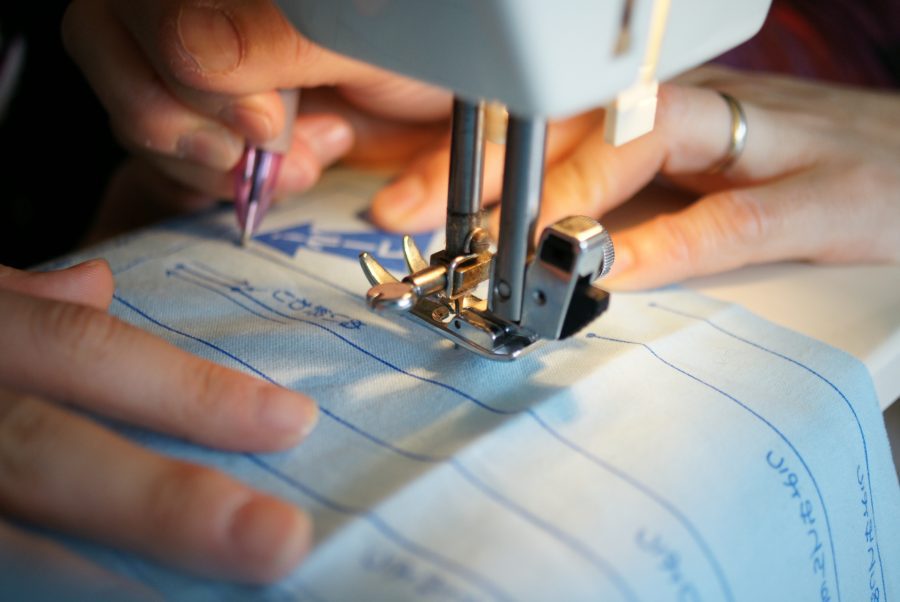
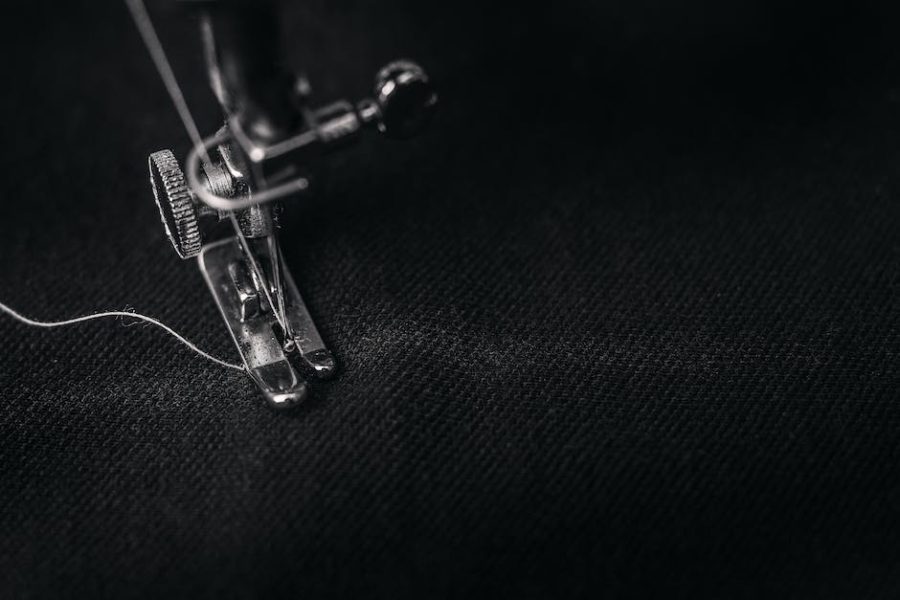
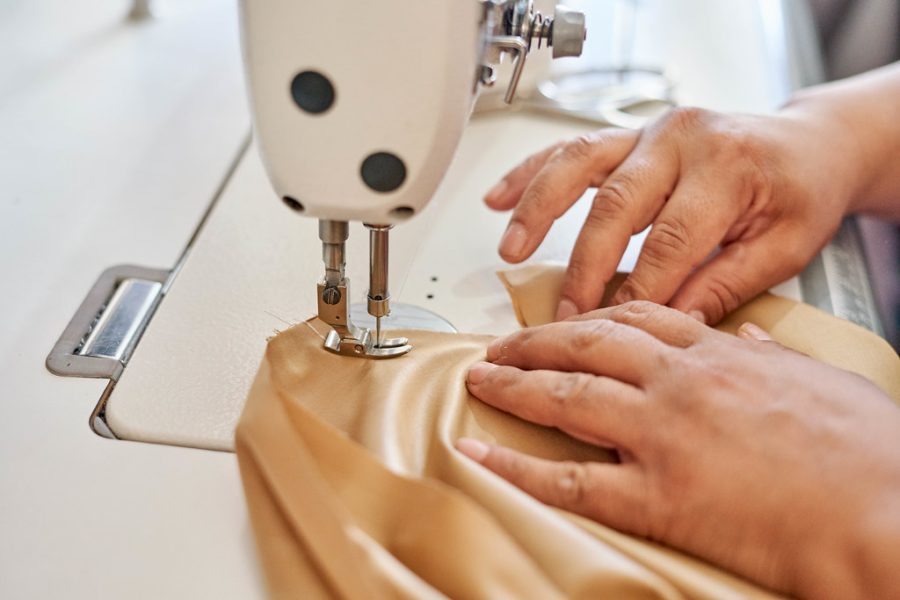
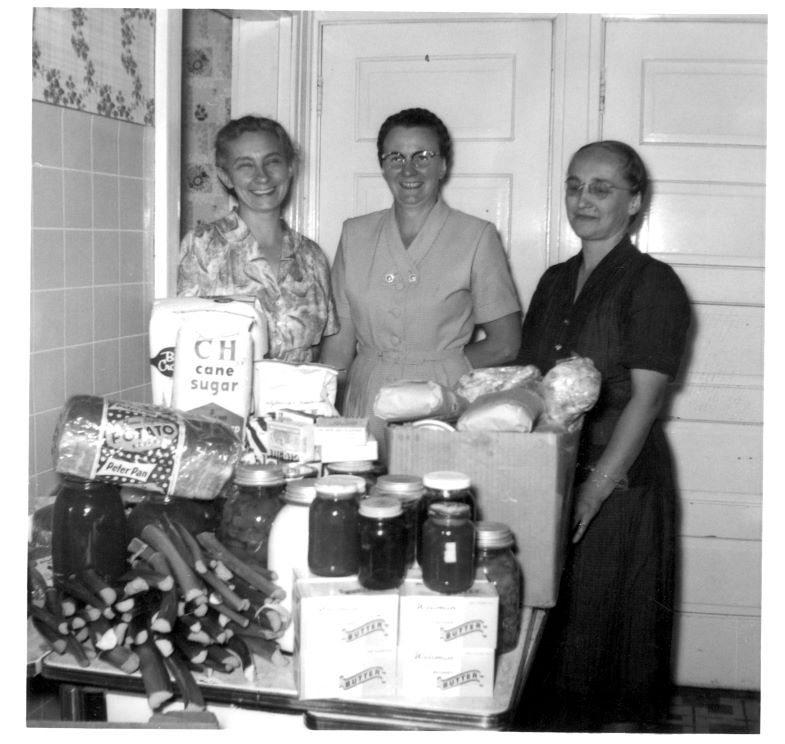
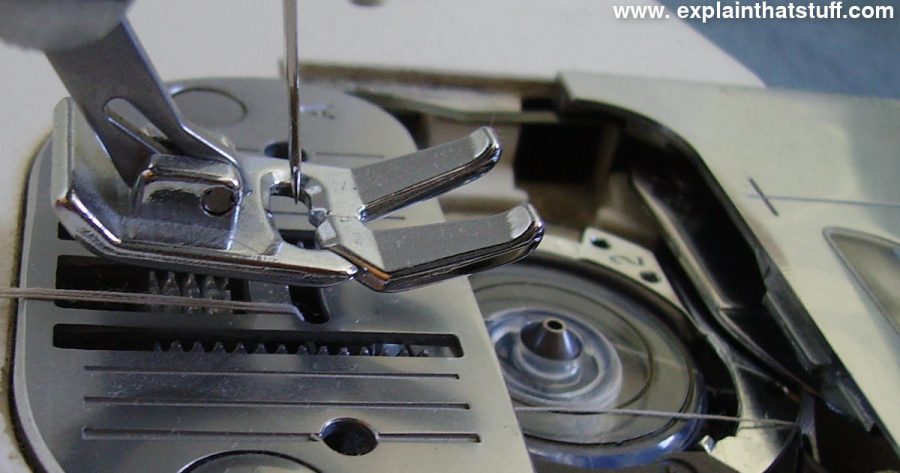
Great question! Great question indeed! Depending on the project you’re working on, the settings on your machine can make a huge difference in the overall look and quality of your finished sewing project.
Yes, it really is important to know what settings should be applied for the best results – for the new user, this can be a challenge!
@Analisa Brill and @Dario Stevens – Absolutely agree! Knowing the right settings for your sewing machine is essential for successful and professional-looking results. A good knowledge of the settings will ensure you get the best out of the machine every time.
Agreed! Knowing what settings are best goes a long way in successful sewing. It’s always good to have a knowledgeable friend to look to for help and advice too!